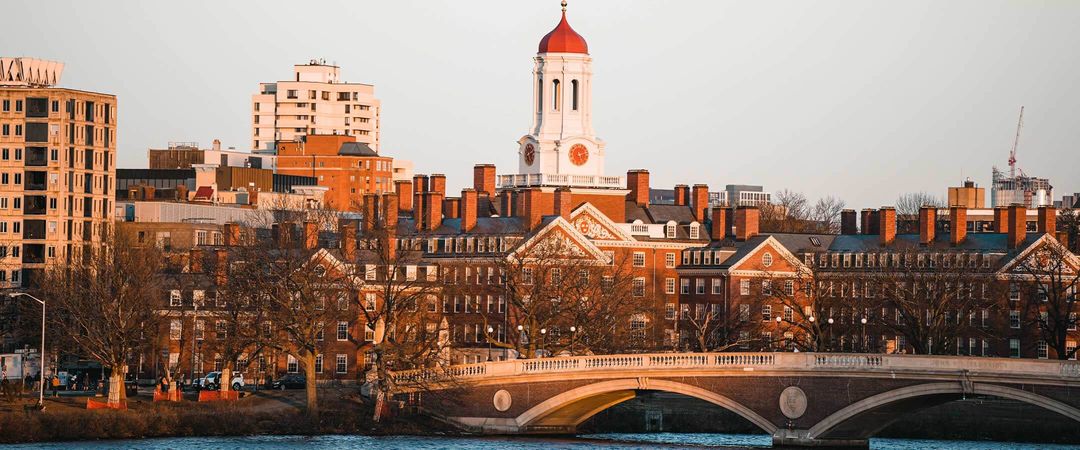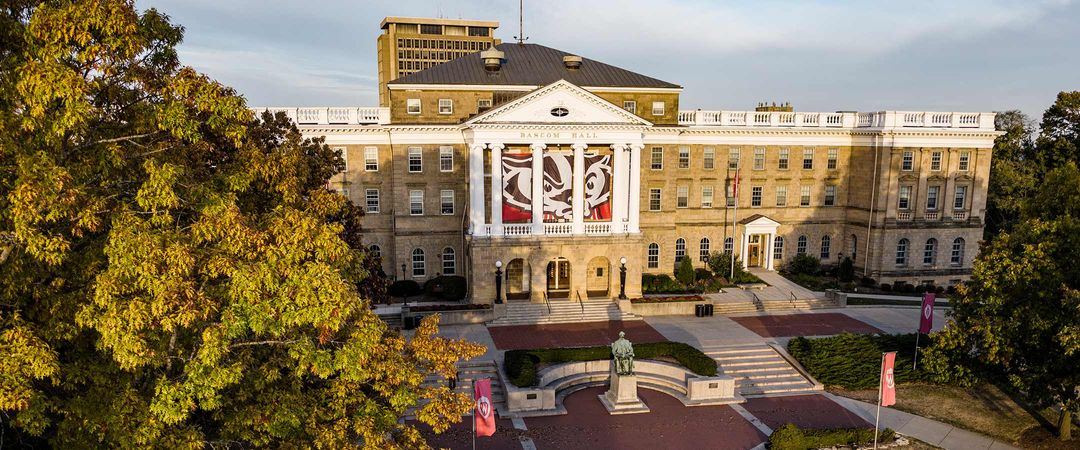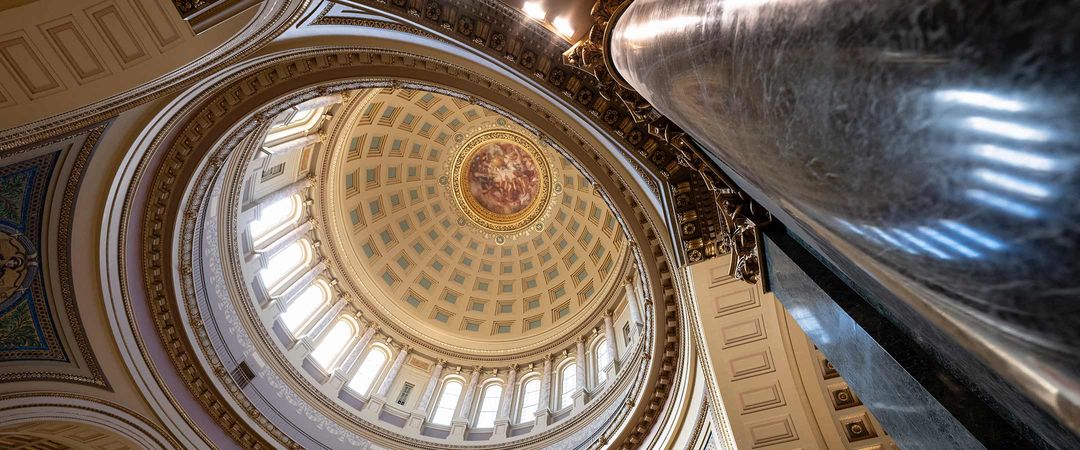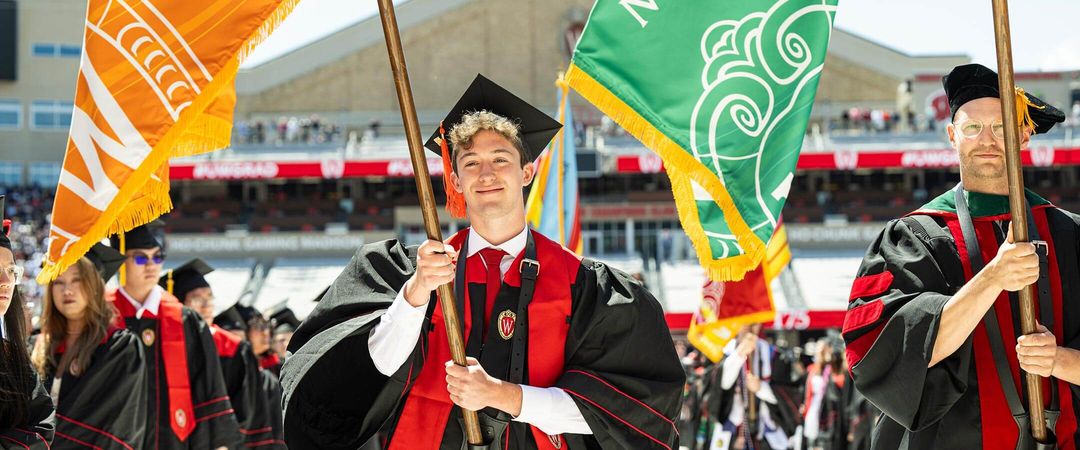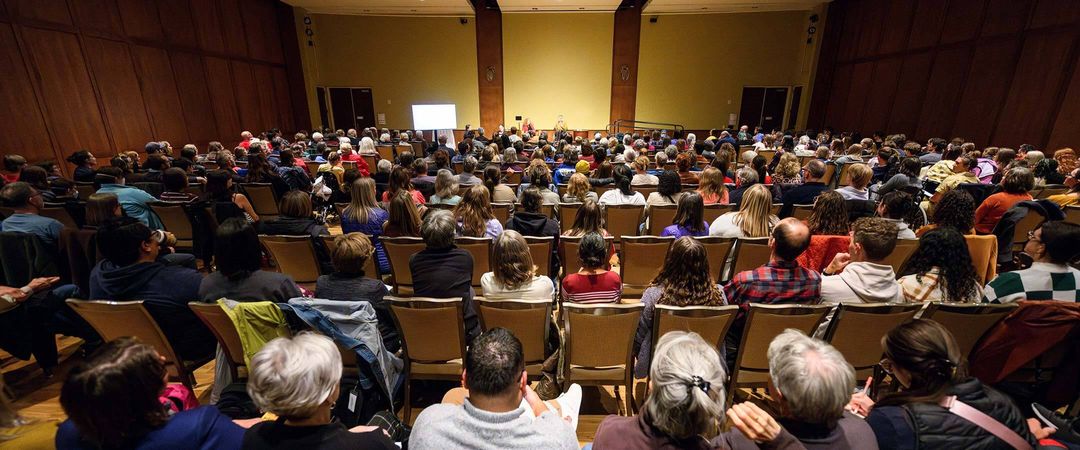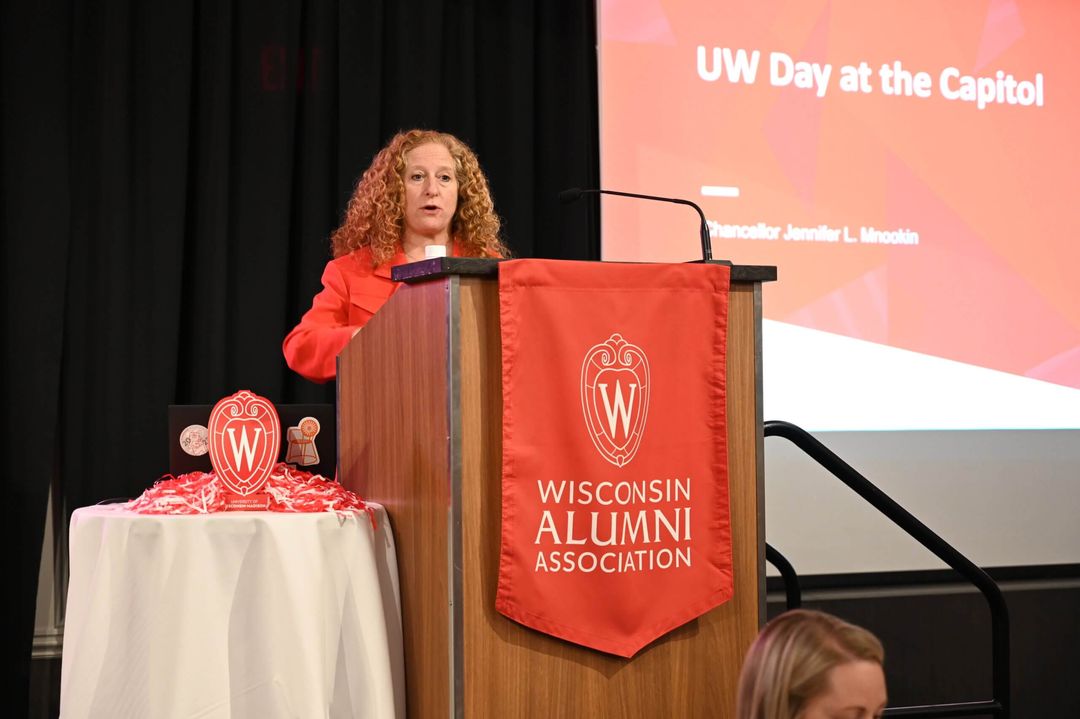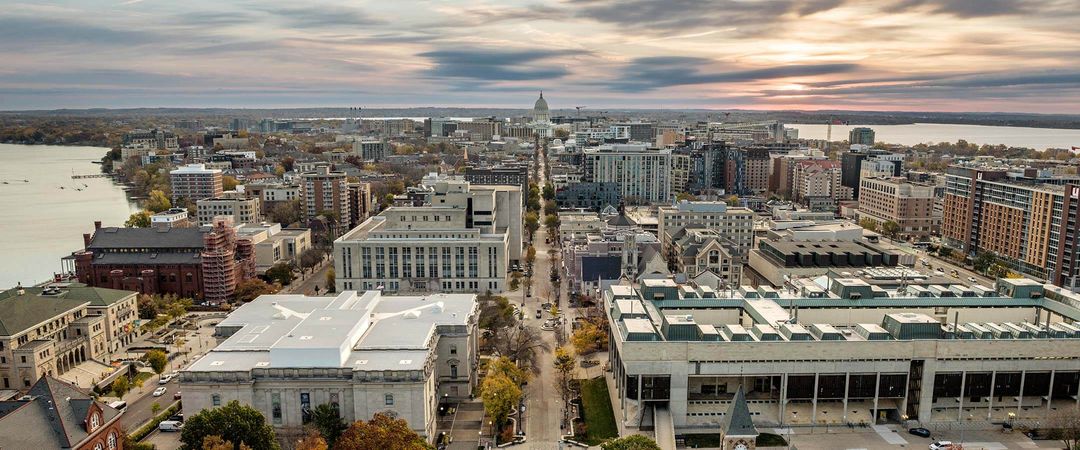Everyone who has seen the classic School House Rock video “I’m Just a Bill” knows the traditional way a bill becomes law. That process is a bit different when it comes to the passage of the Wisconsin state budget bill. As you support UW–Madison, it is important to understand the unique path the Wisconsin state budget follows to become law.
The general state budget is a document that establishes the level of spending for Wisconsin over the next two years based on the amount of money coming into the state from taxes and other expected revenue sources. The budget’s two-year period, or biennium, starts on July 1 of an odd-numbered year and ends June 30of the next odd-numbered year.
There are three main steps of the budget proposal process:
- the governor’s (executive branch) preparation and presentation of the budget bill,
- the assembly and senate’s (legislative branch) consideration of the budget bill, and
- the governor’s review, approval, and possible partial veto of the budget bill.
Executive Budget Preparation
To begin, the state budget office in the Department of Administration instructs state agencies to submit their budget requests for the next biennium. Every agency, from the Department of Natural Resources to the Universities of Wisconsin, tells the governor what they believe they will need in order to carry out the business of the state for the next two years.
For the Universities of Wisconsin, the president and staff compile the budget request for all UW institutions, ultimately getting approval from the Board of Regents before submitting the request to the governor. The board typically approves the budget submission in August of an even-numbered year.
Once the governor’s office has reviewed and balanced all requests against the state’s expected revenue, the governor presents the executive budget bill.
Legislative Consideration and Action
Historically, the executive budget bill is introduced into either one or both houses of the legislature without change by the legislature’s budget-writing committee or the Joint Committee on Finance, which includes representatives from both parties.
Lately, however, if the legislature’s majority is a different party than the governor, the executive budget bill is dropped, and the finance committee starts over by drafting a completely new bill to emphasize their own priorities. The finance committee may hold hearings, often across the state, as a part of its review. These hearings can be informational (invited testimony only) or public, with citizens across the state able to ask questions, suggest changes, or make recommendations against certain decisions. These hearings are important because they help inform the committee’s decision to modify, remove, or add budget provisions.
After the hearings, the finance committee will begin their process of writing and approving the budget bill, generally holding discussion and votes one agency at a time. The majority party will offer the plan they think is best; minority members may propose amendments to alter that language; and discussion will take place before a vote. Typically, this happens between April and June.
Once the finance committee has completed its actions on the budget bill, each house of the legislature will discuss the bill in private meetings before it is introduced and scheduled for floor debate. The budget bill must be adopted by a majority vote of each house. If the two houses of the legislature pass different versions of the budget, a conference committee is created to reconcile differences and produce one common bill.
The Governor’s Final Action
When the same bill has been approved by both houses, it is ready for the governor’s consideration, which begins when the governor’s office “calls for it” to be sent from the legislature. Wisconsin is unique in that the governor has “partial veto authority,” or the power to veto parts of any legislation that involves state spending. This means the governor can strike sentences from the budget to veto parts of a bill. The rules of the partial veto include, but are not limited to:
- the governor cannot create a new sentence by combining parts of two or more sentences;
- the governor may not create new words by rejecting individual letters;
- the law that remains after vetoed provisions are removed must be relevant to the topic of the vetoed provisions; and
- the governor may not veto current law.
The last partial veto was in 2023 by Governor Tony Evers ’73, MS’76, PhD’86. Evers struck down a “20” and a hyphen in the proposed budget to change the end date for a $325 per-student increase for K-12 public schools from 2025 to 2425.
If the governor signs the budget without changes, it automatically becomes law. The governor can also veto the entire bill, in which case the process starts over with the legislature. If the governor issues a full or partial veto, the legislature is permitted to override the veto or vetoes. To do so, they must have a two-thirds vote within each house. In the case of the 400-year increase by Governor Evers, the Wisconsin senate successfully voted to override Evers’s veto, but the assembly did not. If an override is successful, the legislature may enact any partially vetoed portion of the budget into law. The last time the legislature successfully overrode a governor’s budget veto was in 1985. It is a very rare occurrence, giving governors significant authority.
Overall, crafting the budget is a long and arduous process that involves all aspects of Wisconsin’s government as well as Wisconsin’s citizens. It is important for the budget to reflect the needs and wants of Wisconsin taxpayers, which is why it is also important for Wisconsinites to give their opinions and educate their representatives on what is best for them.
Capital Budget Process
The capital budget, introduced separately from the general state budget, concerns major building projects pending, as opposed to operations. You can think of the capital budget as what we build and the general budget as what we do.
The capital budget goes through five key phases: agency requests, governor’s recommendations, State Building Commission (SBC) approval, legislative approval, and governor’s approval.
In May of every even-numbered year, state agencies begin to enter their requests for building projects. The state Division of Facilities Development (DFD), which allocates funds for large-scale construction, renovation, and equipment purchases for state facilities, reviews these requests and presents a summary of them to the governor. The governor’s recommended budget is finalized for the State Building Commission, and the DFD briefs the SBC members on those recommendations.
The State Building Commission, an eight-member committee made up of the governor, six members appointed by the legislature (four majority party and two minority party), one citizen appointed by the governor, and three nonvoting members who are state Department of Administration employees. The commission oversees the planning, improvement, major maintenance, and renovation of state facilities.
The commission holds meetings and votes on the capital budget as recommended by the governor. Their recommendations are introduced to the legislature. At this point, the capital budget is incorporated into the operating budget and follows the same procedure as the general budget.

